About the author, Emily Ross 
Emily Ross received a 2014 Massachusetts Cultural Council finalist award in fiction for HALF IN LOVE WITH DEATH. She is an editor and contributor at Dead Darlings, a website dedicated to discussing the craft of novel writing. Find out more at emilyrosswrites.com or follow her on Twitter @emilyross816.
HALF IN LOVE WITH DEATH was inspired by the disturbing case of Charles Schmid, ‘the Pied Piper of Tucson.’
Connect with Emily
Q&A with Emily
Tell us about you. If every five-ten years of your life had a chapter heading, what would it be? What are the highlights (or low points) of each chapter?
- School Days and Death
In elementary school I dreamed of being a pathologist or a ballerina, though I was weirdly squeamish and couldn’t dance. But after my cat died and my friend’s sister drowned, I had the awful realization that I wasn’t immortal. It was like I’d fallen down a well.
- A Teenager in Love
By the time I got to high school I no longer wanted to be a pathologist or a ballerina or anything. I hated homework and loved clothes and boys. Not sure which I loved more, maybe boys, though clothes made me happier. I still remember my white boots, fishnet stockings, herringbone mini-skirt, navy blue pea coat, and my first bell-bottoms and suffering greatly from unrequited love.
- Student teaching hell
The only thing I could figure out to do with my English degree was to teach high school. During student teaching, I developed a hacking cough that didn’t go away until I was done. When one of my students picked me up and spun me around, it became pretty clear that teaching wasn’t for me. I had no idea how to support myself but a friend told me if I passed a test, an insurance company would train me as a computer programmer. I barely knew what a computer was, but I did pass the test and began a career in IT.
- Married with Children
I did a lot of things that I’d never done before—got married, bought a house, and wrote my first story when I was pregnant with my first child. Each of these things was exciting, surprising, and harder than I expected. Being a parent was the most rewarding and hardest thing of all. I was totally exhausted most of the time, but I did discover that the world is lovely and spectral at 4AM.
- Writing While Working and Married with Children
I juggled a demanding job, raising kids, my writing, and dropped a lot of balls. I spent a lot of time driving kids to dance lessons or soccer games while worrying about work. But it’s the dance lessons and soccer games I remember now. I’m glad I made time to try to do everything even if life was a little chaotic. Somehow I finished my novel in the midst of all of this.
What gets you to sit down with a computer (or pen and paper) and start writing? What keeps you going?
I force myself to put my butt in the chair and write at least a little every day. Once I’m there in the chair and have gone through my usual distractions (Facebook, Twitter, etc) the words and thoughts suck me in. My inner editor keeps me going. I might think I’m done but there’s this voice that keeps saying it’s not right, go back, fix it, and I do go back obsessively tweaking things. On a good day I make some forward progress.
Half in Love with Death was inspired by a true story. Can you talk a little about what drew you to that story, and how the book grew from that spark of inspiration?
Charles Schmid, the charismatic young man known as ‘the Pied Piper of Tucson’, murdered three teenage girls, and buried them in the Arizona desert. He was popular with his teenage friends, and had many girlfriends. Though clearly a psychopath, he didn’t appear all that different from many boys I’d known in high school. I began to see him as a metaphor for the illusions teen girls have about love. Ultimately I had to put a lot of the facts aside in order to write my book, but this true crime led me to a story about sisters, lies, and a love that feels utterly real but may not be.
The story of Caroline’s search for her sister and the story of her falling in love with Tony are interconnected, but there wasn’t an exact moment when I decided to tell two stories. It just seemed likely to me that when her sister’s disappearance forces Caroline to step out of her quiet life into Tony’s exciting world, it would be inevitable that she would fall for him.
Half in Love with Death is both a YA and a period novel. (I’m hesitant to call it historical since it takes place in extremely recent history). What were some of the specific challenges and rewards of writing YA, and of setting the story in such a specific time and place?
I loved exploring the fashions, songs, and little details I needed to make that era come alive. One challenge was that most of the technological devices that define teen life today hadn’t been invented yet, so I had to think of aspects of the sixties that today’s teens would relate to. I felt they would be interested in the philosophy behind the sixties drug culture and, of course, love never goes out of style.
My biggest challenge was that some agents and editors thought there wasn’t a market for YA set in the sixties. I received a lot of pushback and this undermined my confidence in my choice to set my novel in this era. I actually removed a lot period references, and then on another revision put many of them back in. I second-guessed myself a lot – but deep down inside I knew I had to set this story in the sixties.
What one thing would you want readers of Half in Love with Death to take away from the novel?
I hope that readers will be moved by my teen narrator’s story. I also hope that they will come away with an understanding of how important it is for teen girls to find their own strength when navigating the murky waters of love and emotion.
My experience has been, as I think I said when I reviewed your book, that YA novels tend to have a lot of the strongest female characters and most provocative storylines in contemporary fiction. Do you agree? If so, why do you think that is?
I agree that YA novels have some of the most provocative storylines, and strongest female characters. Perhaps this is because the genre attracts innovative writers who are willing to take risks, and also because YA is about teens: an age group that’s volatile, creative, and that breaks rules. I think it’s great that YA authors tackle many of the issues facing teens today including rape culture, sexuality, and body image problems. Though these aren’t exclusively female issues, many YA authors recognize how important it is to provide teen girls with strong female characters as role models.
Writers, of course, are also readers. What are some of the books or authors who have influenced your life? What’s the most recent thing you read that really hooked you?
Raymond Chandler introduced me to noir. The voice in his polished prose is infectious and his books showed me that detective fiction can also be fine literary fiction. Rebecca by Daphne du Maurier showed me how an absolutely compelling psychological thriller can be built around a quiet main character. I’m also a huge fan of Tana French and Gillian Flynn.
The most recent book that really hooked me was The Girl on the Train by Paula Hawkins. I couldn’t put down this novel, whose maddeningly self-destructive and unreliable narrator glimpses a scene from a train window that unfolds into a twisty and unpredictable mystery.
If you were going to offer your 15- or 17-year-old self a piece of advice, what would it be?
Believe in yourself and don’t let love blind you. If someone is making you unhappy forget about him. There are no soulmates, no loves that are meant to be. You make your own destiny. Focus on yourself. Be strong.
What will your next project be?
I’m writing a novel about an aspiring ballerina who must prove that her Russian immigrant boyfriend and dance partner is not the mythical butterfly killer who murdered the captain of the high school dance team. The story takes place in my hometown of Quincy, a city that combines the charm of a small town with the gritty darkness of the inner city. I’m having fun writing about dance and murder!
About the book, Half in Love with Death 
- Print Length: 224 pages
- Publisher: Merit Press (November 6, 2015)
- Publication Date: November 6, 2015
It’s the era of peace and love in the 1960s, but nothing is peaceful in Caroline’s life. Since her beautiful older sister disappeared, fifteen-year-old Caroline might as well have disappeared too. She’s invisible to her parents, who can’t stop blaming each other. The police keep following up on leads even Caroline knows are foolish. The only one who seems to care about her is Tony, her sister’s older boyfriend, who soothes Caroline’s desperate heart every time he turns his magical blue eyes on her. Tony is convinced that the answer to Jess’s disappearance is in California, the land of endless summer, among the street culture of runaways and flower children. Come with me, Tony says to Caroline, and we’ll find her together. Tony is so loving, and all he cares about is bringing Jess home. And so Caroline follows, and closes a door behind her that may never open again, in a heartfelt thriller that never lets up.


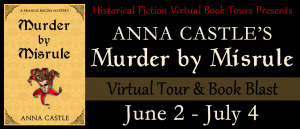
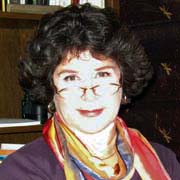
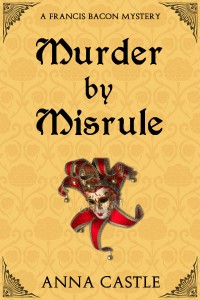
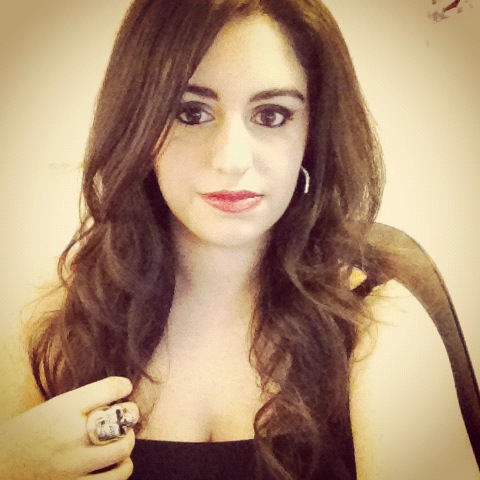
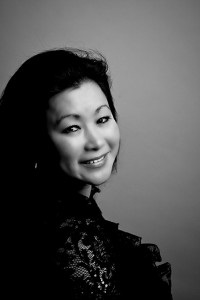 Just yesterday, I posted a review of the marvelously moody, spectacularly spine-tingling Morgan Hall, a modern gothic novel by Bo Briar. Ms. Briar was gracious enough to spend some of her writing time doing an emailed interview with me. I can tell she’d be a great person to share a mug of tea with while spinning stories on a rainy afternoon.
Just yesterday, I posted a review of the marvelously moody, spectacularly spine-tingling Morgan Hall, a modern gothic novel by Bo Briar. Ms. Briar was gracious enough to spend some of her writing time doing an emailed interview with me. I can tell she’d be a great person to share a mug of tea with while spinning stories on a rainy afternoon.